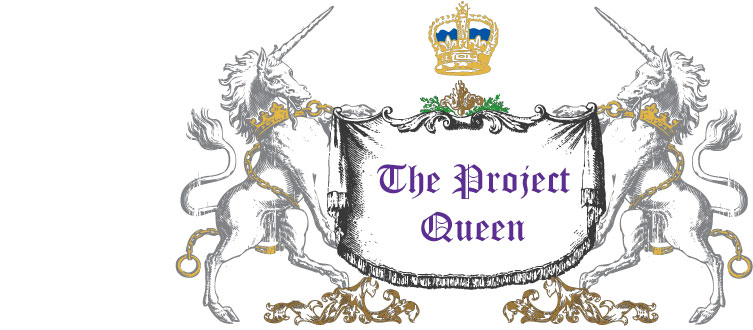Though it should be something you do throughout your
pet’s lifetime, making the best decisions for them as they reach senior status,
starts becoming more complicated. It can be hard to find a balance between what
we want, and what’s best for them. In our household, the oldest of our dogs
will be nine, and one of the rabbits seven, next spring. Alexa, with a possible
lifespan of 12 yrs. or more, is technically middle age. However, Angus, the EA
buck, is a senior. The average lifespan for Angora rabbits is 6-8 yrs., but
some short-haired breeds can live to be 10 or a bit more.
Whether kept as livestock or pets, the Angora breeds
require excellent husbandry to be healthy fiber producers. Though one of the
smallest breeds, English Angoras are probably more labor intensive because they
are covered with long hair everywhere. I’m not going into detail about what cecotropes
are, in this post. (An important element of rabbit digestion. Please research
if you want a bunny.) Seeing cecotropes generally means a rabbit is consuming
more nutrition than they need. However, if you’re suddenly finding these
specialized droppings with no change in diet, it could mean something else is
going on. Even my youngest rabbit, the EA doe, occasionally leaves cecotropes
when her hair gets long and increases in volume. It’s just one reason booties
need to be kept trimmed and grooming must be very thorough. When I start
finding cecotropes in cages, I look for signs of hair ingestion, keep the hay
plentiful (always), and step up my grooming. Sometimes, the problem doesn’t
completely go away, making me wonder how much all that hair interferes with
body functions, just by getting in the way. Because I do shear my rabbits and
their hair is short half to three quarters of a year, I have noticed
fluctuations in weight when their hair grows out. When it’s short for a while,
my bunnies usually put on some weight. Growing out all that hair takes a lot of
energy. A bunny as light as dandelion fluff may be experiencing some
malnutrition, and though an increase in food seems to make sense, it won’t help
much if they aren’t consuming their cecotropes.
It was partly because of finding more cecotropes than
usual that I considered retiring Angus from fiber production last year. The
fact that he chewed on himself when I tried to let him grow out, influenced the
decision as well. Beautiful as he is in full EA glory, it’s been almost a year
since I’ve allowed him to grow out completely. His last haircut was two months
ago. Because we’ve had warmer than usual
temps this fall, I’m observing him closely. As long as he leaves his coat
alone, I’ll wait until the middle of December to harvest the usable fiber.
Right now, he’s sporting a modified hair cut on his back feet and legs, because
he’s been knocking about and ignoring his litter box lately. His tummy will get
trimmed up too. Not using the box is mostly something Angus does when his hair
gets longer. I think he knows the dirty hair will be trimmed. When his hair is
short, he very rarely relocates the “furniture”, so it looks very much like a
form of communication. (It’s my opinion
that calling someone a “dumb bunny” is an insult to bunnies.) He has been mostly
on the thin side ever since I’ve had him, too. Keeping his hair shorter most of
the time means weight isn’t fluctuating as much, and he stays more active. Since
Angus is already used to having his face trimmed up, it helps with another
issue which popped up recently.
He has developed an occasionally weepy left eye.
Sometimes the right gets a bit crusty too. Because he got a clean bill of
health from the good doctor a couple of months ago, and he eats with gusto, I’m
pretty certain its age related. (Yes, eyes get checked frequently for irritants
and everyone has good teeth.) According to an article from the University of
Miami, rabbits can experience bone loss as they age. If some of that loss occurs
in the skull, it may cause the ducts that drain tears to the nasal cavities to
compress. No cure for that, if it is the problem. The best I can do for Angus
to minimize skin irritation is keep the hair short on his face. It just makes
it easier to keep things dry, and less crusty.
Speaking of bones, bunnies are fragile throughout
their lifetimes. Be extra gentle when they get older.
A retired fiber bunny doesn’t necessarily mean less
work for me. Other than the long hair on ears and tail, I don’t have to do much
brushing for a couple of weeks after a haircut. But the shearing is done twice
as much, with haircuts occurring every month to month and a half. (Instead of
quarterly.) I think Angus is enjoying his mostly retired status. He’s always been the most affectionate of my bunnies,
and with his hair kept shorter, he stays engaged. For special treats, he often
acts as silly as Lola. I’m not the fastest spinner right now, and I can’t
accuse him of being stingy with his soft, fluffy goodness. Since I enjoy his
company, it’s not much of a hardship to help him enjoy his golden years.
Hopefully, it will allow me to spend an extra year or two with him.
The
Project Queen

